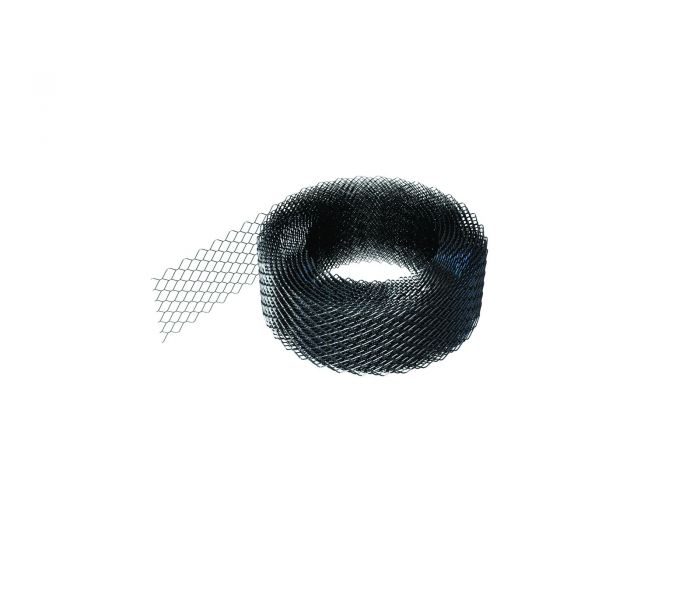When working with masonry brick mesh is an extremely important tool in creating rigid and durable brickwork. BS Fixing’s brick mesh, available in different widths and in both galvanised and stainless steel, is a crucial component that will ensure the stability and lifespan of your masonry projects. If you’re unfamiliar with brick mesh or need a refresher, don’t worry, as we have written this blog to help you out!
What is Brick Mesh?
Brick mesh (also known as brick reinforcement mesh or masonry mesh) is used to reinforce brick structures by adding strength and stability. It consists of strips of thin metal mesh arranged in a lattice pattern, which are embedded in the mortar between bricks to provide additional support and help maintain the structure’s integrity over time.
Improving the Sturdiness of Brickwork
By embedding the mesh within the mortar, it helps improve the strength of the brickwork. The mesh can withstand tensile stresses, vibrations, and thermal changes that would cause movement within the structure, keeping the brickwork from cracking or breaking. Brick mesh can also help distribute loads more evenly across the structure, which can help them withstand vibration and sudden loading.
Improving the Appearance of Brickwork
Beyond its structural benefits, brick mesh is also important for achieving a neat and professional look. Cracks can ruin the appearance of brickwork, so using brick mesh ensures that the mortar joints remain consistent and even, which is essential for keeping masonry walls looking uniform.
Types of Brick Mesh
- Stainless Steel Brick Mesh- stainless steel mesh offers excellent corrosion resistance, making it great for use in harsh environments and outdoor constructions.
- Galvanised Brick Mesh - galvanised steel mesh is more cost effective than stainless steel, which means it is slightly less effective when it comes to anti-corrosion properties. However, it is well suited to interior brickwork where corrosion is less of a risk.
Installing Your Brick Mesh
Correctly installing your brick mesh is extremely important. Here are a few things to keep in mind when installing.
Step One: Picking the Right Size
It’s important to determine what size of brick mesh you need and ensure that it’s trimmed to fit the dimensions of your project. Using the wrong size mesh can compromise the integrity of the brickwork. If your mesh size is too large, it may not properly embed in the mortar or distribute loads effectively enough. If your mesh size is too small, mortar joints may become overcrowded, making it difficult to properly lay and align the bricks.
Step Two: Correctly Attaching to Brickwork
Brick mesh should be laid in strips between every 3 brick courses, keeping a 25 mm gap from the work’s faces. When joining two lengths, overlap them by at least 75 mm. Failing to secure the mesh properly can lead to poor load distribution, increased risk of movement, and reduced structural integrity. These factors can lead to improperly reinforced brickwork that can move, absorb water, or even collapse under stress.
Brick Mesh is one of the the key factors in ensuring the endurance of your brickwork. It prevents cracks, ensures even lines, and adds strength to the structure of brick projects. Whether you’re a seasoned professional or a DIY enthusiast, incorporating brick mesh into your next project is a great way to achieve a high-quality finish.
Is your next project going to involve masonry? If so, take a look at our brick mesh at BS Fixings. We offer both stainless and galvanised steel, helping builders carry out various brickwork projects with confidence. To find out about what else we offer, browse our full product range today, or get in touch by calling us on 03330 117818 if you have any questions.







